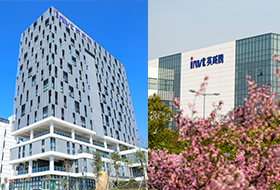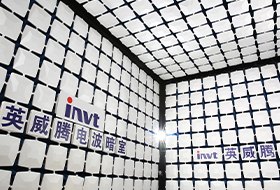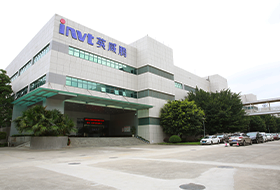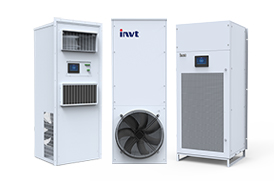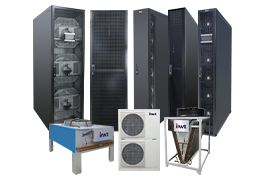3 salient issues for the data center industry in 2023
Today, the term data center can legitimately be applied to both micro and edge data centers, from a single partial rack to multiple full racks, to cloud platforms and data centers that span millions of square feet and consume gigawatts of power central facilities.
Despite the size variables, the data center environment is ultimately responsible for providing redundant power, cooling, security and connectivity to critical IT infrastructure. In interviews with industry experts, three themes kept coming up in the data center community: growing power and thermal density challenges, site challenges and construction efficiencies, and sustainability concerns.
(1) Power and thermal density challenges
Power and thermal density have been persistent problems in data centers for more than two decades. The raised floor premise dominated from the 1960s to the 1990s when data center components were physically larger but less dense in terms of power consumption. In the early days, a rack typically drew less than 5kW, but given the growing interest in artificial intelligence, an AI-optimized Nvidia DGXH100 server is only 14 inches (8 inches) high, but by itself can draw up to 10kW of power.
This is actually a fair trade-off, given the enormous computing power provided by such supercomputers. But physics is the law, and the ratio of energy input = heat output is close to 1:1. This is true in increasingly dense computing environments, so the load is reasonable for the latest generation of high-performance systems, but also require new cooling options that can manage thermal loads in excess of 40kW in a single rack.
This is far beyond what a traditional elevated floor environment can manage. Even with powered auxiliary air handlers up to 18kW mounted in the front and rear of the rack, high-density racks may have to be isolated from the rest of the infrastructure and provide auxiliary cooling.
In many cases, the answer may be closed-loop, water-based cooling—indirect, in the form of behind-the-rack or in-line cooling modules, or directly to chips from hardware vendors that employ water-cooled thermal sync technology.
Also, floor space may not be an issue for some operators due to the continued compression of server infrastructure, so many say they simply don't fill racks completely, or use hot aisles in their existing environments Hermetic "islands" isolate high-performance systems, like data centers within data centers.
Regardless of its operating environment, rack power and cooling equipment in excess of 20kW is likely to continue to be required, with some estimates exceeding 80kW for the foreseeable future.
(2) Site challenges and construction efficiency
While the number of dedicated data centers has indeed increased, there are still a considerable number of operators who are forced to work within the constraints of existing structures. The survey found that corporate, healthcare and university facility managers are often asked to locate data center technology in any space available in a legacy environment -- such as a 100-year-old building, repurposed office space, or even a parking facility. These site-based challenges only add to the difficulty of accommodating the modern needs of IT infrastructure for power, cooling and communications, but ultimately are typical challenges of scaling many types of facilities in brownfield facilities, and urban environments.
From a new construction perspective, there is a growing trend toward prefabricated data center facilities. For those of us who have been living with it for a while, the concept of a prefabricated home reminds us of some of the earliest examples of mediocre construction and substandard components found in prefabricated homes in their original form.
Technology has indeed evolved since then, and prefabrication is becoming a viable and cost-effective option for purpose-built facilities such as data centers. Given the similarity of tasks found in any form of large-scale data center, the efficiency, standardization and cost-effectiveness offered by prefabricated modularity has the potential to significantly reduce build times, lower costs and simplify the scalability of traditional build methods.
While prefabrication is still relatively new in the data center industry, it has the potential to compete in the commercial it market as adoption increases and more standardization emerges.
(3) Sustainability
From what we have observed over the past few years, the idea of long-term sustainability has gained a firm foothold in the IT industry. Given the fact that data centers mostly consume electricity and generate heat, it's good to see that the IT industry's focus has moved beyond the fundamental challenges of technological growth to at least start thinking about efficiency and caution in a world that's starting to show its age. Environmental, social and governance (ESG) conscious management principles are beginning to bear fruit in terms of operational cost savings and increased employee and community goodwill.

 networkpowersales@invt.com.cn
networkpowersales@invt.com.cn
